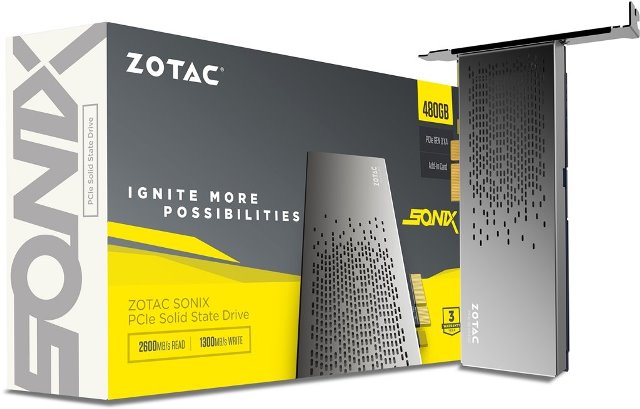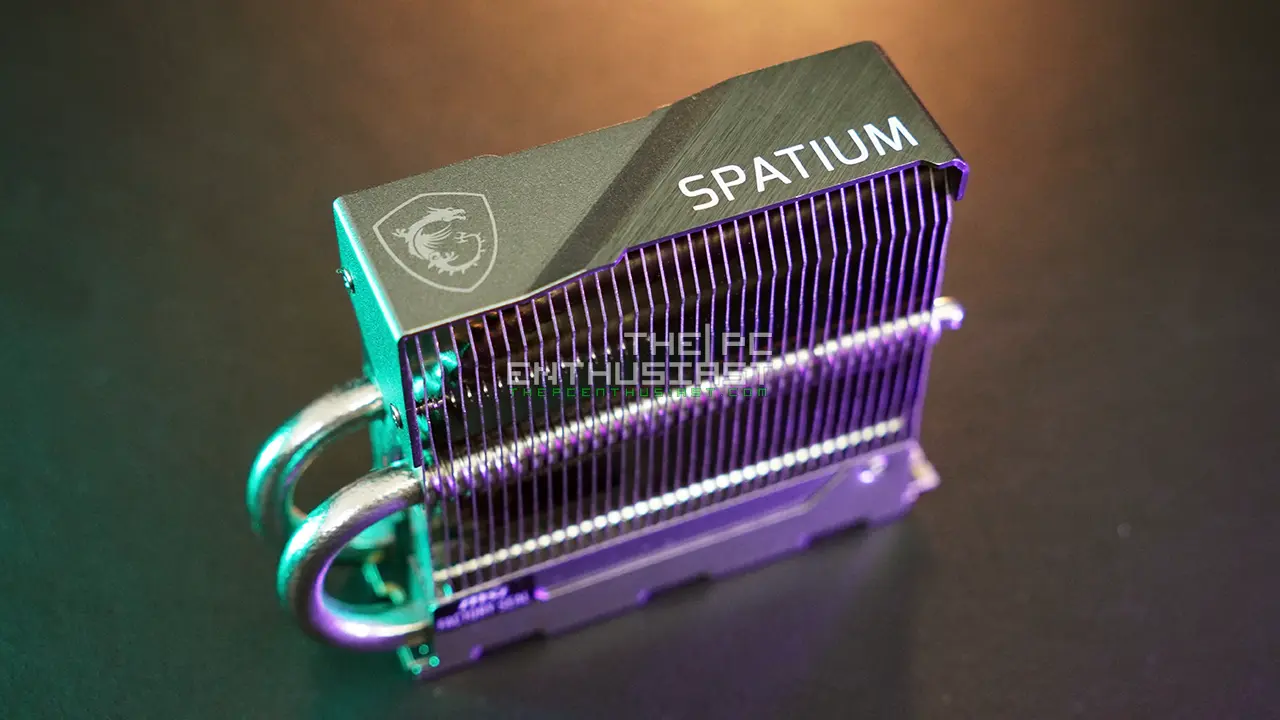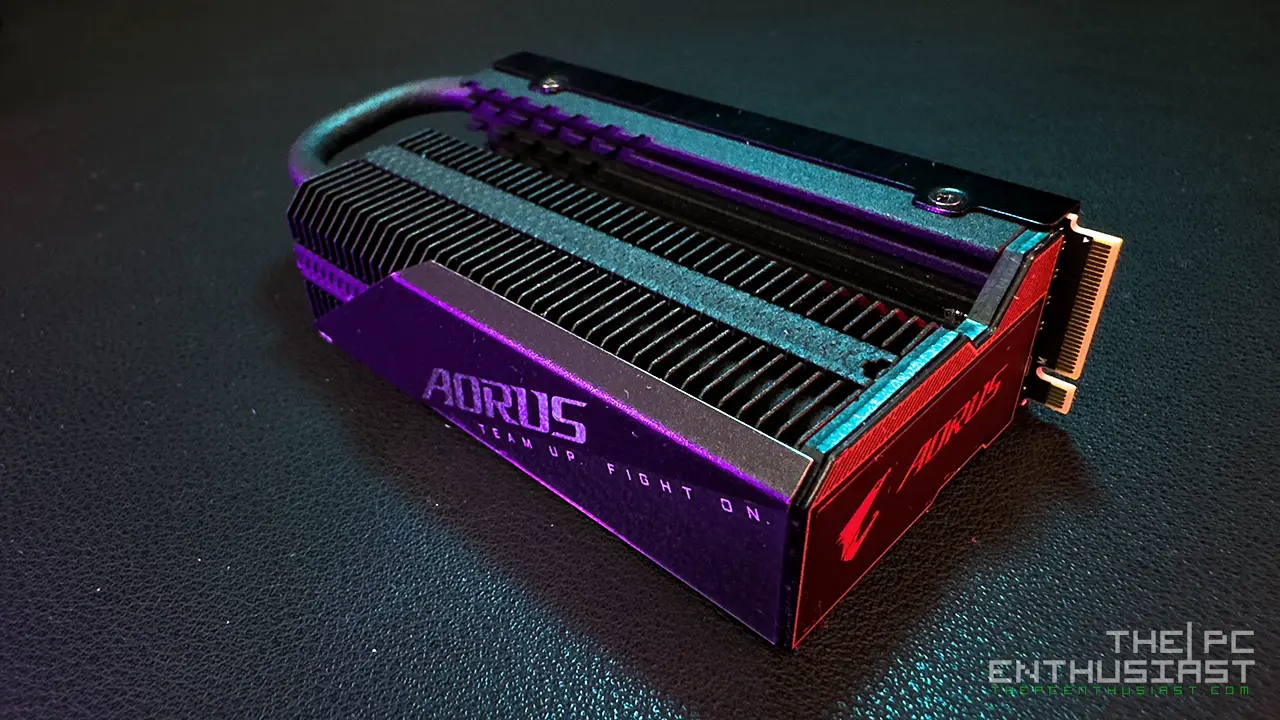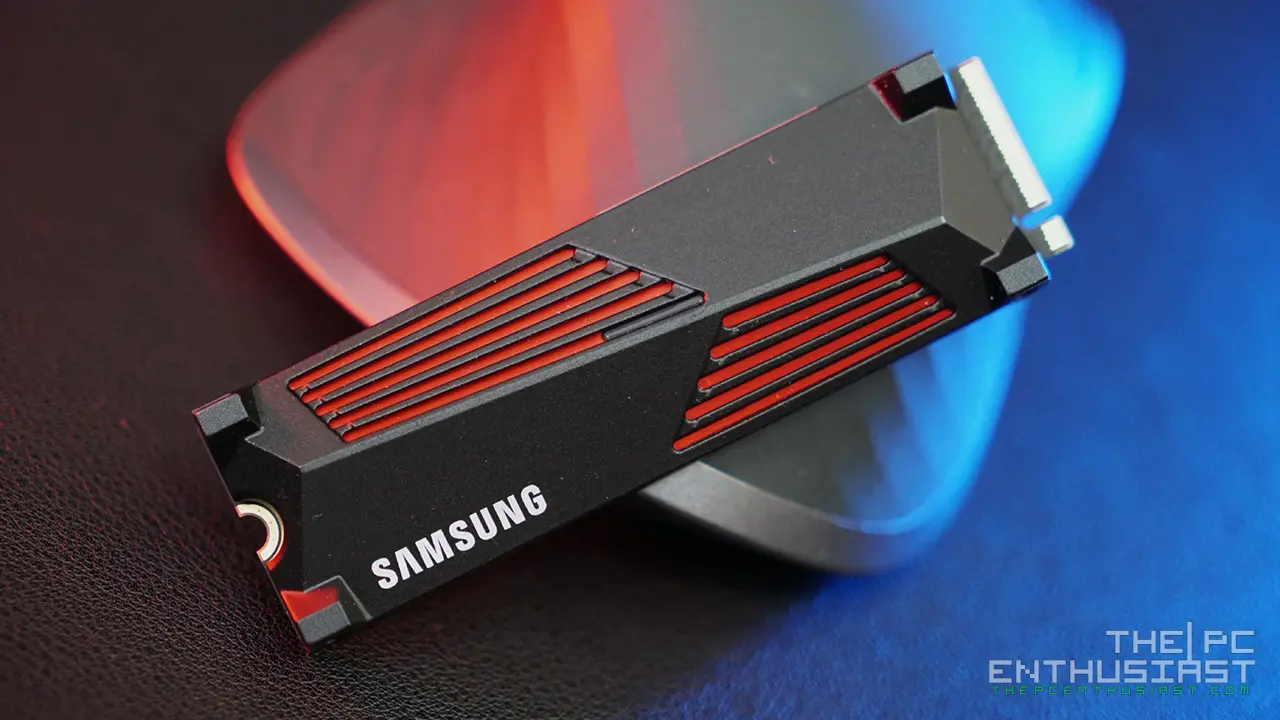The Zotac SONIX 480GB PCIe NVMe SSD is the company’s first consumer level storage solution offering blazing fast speeds of up to 2,600MB/s and 1,300MB/s sequential read and write speeds. That’s more than double a typical SATA based SSD can do! Today we are going to share to you our review of the Zotac SONIX 480GB variant. In this review, let’s get to know more about the Sonix, its features and capabilities. Let’s also take a closer look on what’s under the hood and then we’ll try to answer the question “why PCIe interface?“. M.2 seems to be the popular route, why not go that way? There are simply tons of storage options nowadays that come in different capacities, different interface and speeds. Check out our Zotac Sonix 480GB review below and find out if this is the best storage solution for your system.
Zotac SONIX 480GB PCIe NVMe SSD Review
A few months ago, Zotac officially announced the SONIX their first flagship storage solution based on NVMe (Non-Volatile Memory Express) and with PCIe interface. The Zotac Sonix was built for enthusiasts, gamers and content creators who are looking for a faster storage solution. Content creators and enthusiasts will surely find the maximum 2600MB/s sequential read and 1300MB/s sequential writes speeds very appealing. At these speeds, not only will it make your system run snappier, smoother and fast; but it will also load applications and access data at an amazing speed. This might be a little too overkill for PC gamers but who doesn’t want to load their games faster, and play without lag?
On a more serious application, the Zotac Sonix would be suitable for loading of large database, resource-heavy applications, multimedia applications and multitasking. The Sonix basically offers a significant read/write speed compared to the fastest mechanical hard disk drive and to a SATA based SSD. Currently SATA based SSDs, like the Samsung 850 Pro, can only go up to 560MB/s read and 520MB/s write due to the limitation of the SATA III interface. The Sonix can definitely go beyond that speed.
The Zotac SONIX features NVMe 1.2 PCIE Gen3 interface with x4 lanes capable of delivering sequential read and write speeds up to 2,600 MB/s and 1,300 MB/s. That’s the maximum performance actually, and real world performance varies and usually doesn’t reflect the maximum speed of the drive.
The Sonix is powered by a Phison E7 controller and stacked with Toshiba MLC flash memory, plus a 512MB DDR3 of high-speed cache. It also features Dynamic Wear Leveling and End-to-end Data Path Protection and comes with a mean time before failure rate of up to 2 million hours.
Sonix isn’t the first PCIe based SSD to hit the market. Two example of a PCIe based SSD are the Plextor M6e Black Edition and Kingston HyperX Predator. However these SSDs are not based on NVMe and could only go up to 770MB/s read and 625MB/s write for the M6e, and 1,400MB/s read and 1,000 Mb/s write for the Predator. Don’t get me wrong, these drives are faster than any SATA based SSDs, specially the HyperX Predator. But they are not as fast as compared to PCIE NVMe SSDs like the Zotac Sonix.
PCIe, M.2 and U.2 for NVMe SSD
NVMe SSDs come in varying interfaces. The most popular one is the PCIe followed by the M.2 interface and the not so common U.2. The U.2 connector is still very new and there are only a handful of SSDs that uses this interface and also motherboards that comes with U.2 connectors. The M.2 interface is growing popularity, thanks to its small size. Many latest motherboards starting with the X99 and 100 series motherboards come with an M.2 connector and supports PCIe based SSDs. You must remember, there are two types of SSD that uses the M.2 as its interface; SATA based SSDs and PCIe/NVMe based SSDs. Not all motherboards supports PCIe/NVMe SSDs in M.2 interface specially the early motherboards with M.2 connector. Some only supports SATA based while others, like the Asus Rampage V only supports PCIe based SSDs.
On the other hand, the PCI Express is the most popular interface among the three. There are many peripherals or additional cards that use the PCIe to connect with the motherboard. One good example is the graphics card, or a sound card. This is one advantage of the Zotac Sonix over other PCIE NVMe SSD since it can be used with older motherboards that don’t have an M.2 slot.
Below are more features of the Sonix including its specifications. On the next page we’ll take a closer look at the product itself, and then we’ll proceed with the benchmark results.
Zotac SONIX PCIe NVMe SSD Specifications
- End to End Data Protection
- SmartRefresh
- SmartECC
- MTBF 2,000,000 hrs
- SmartFlush
- Static and Dynamic Wear Leveling
- Bad Block Management
- TRIM
- S.M.A.R.T
- GuaranteedFlush









